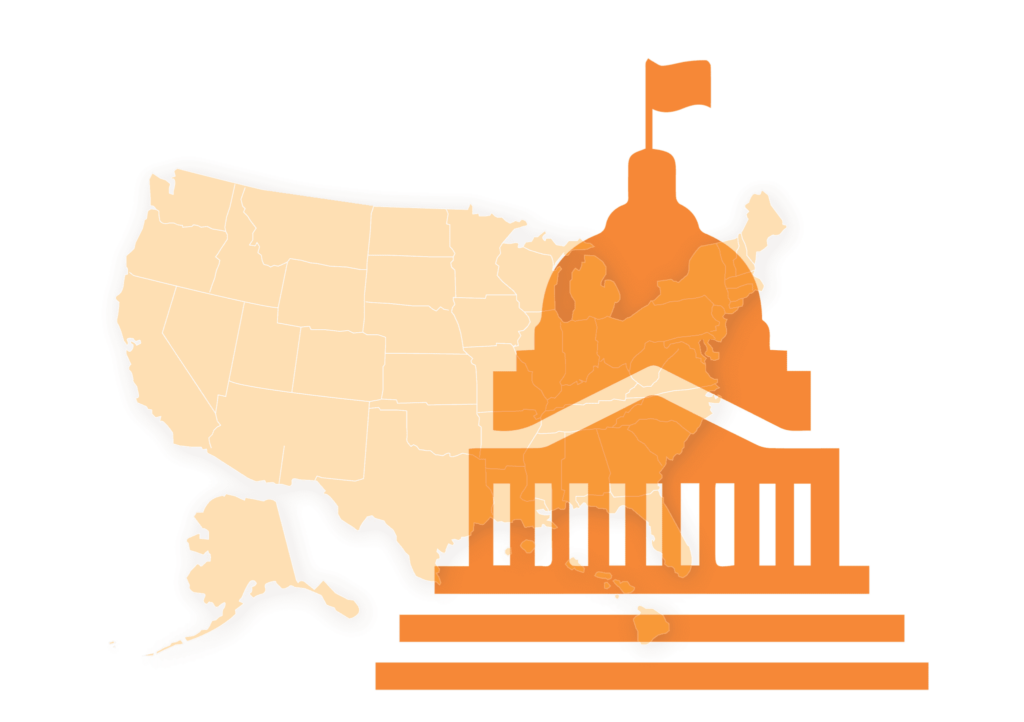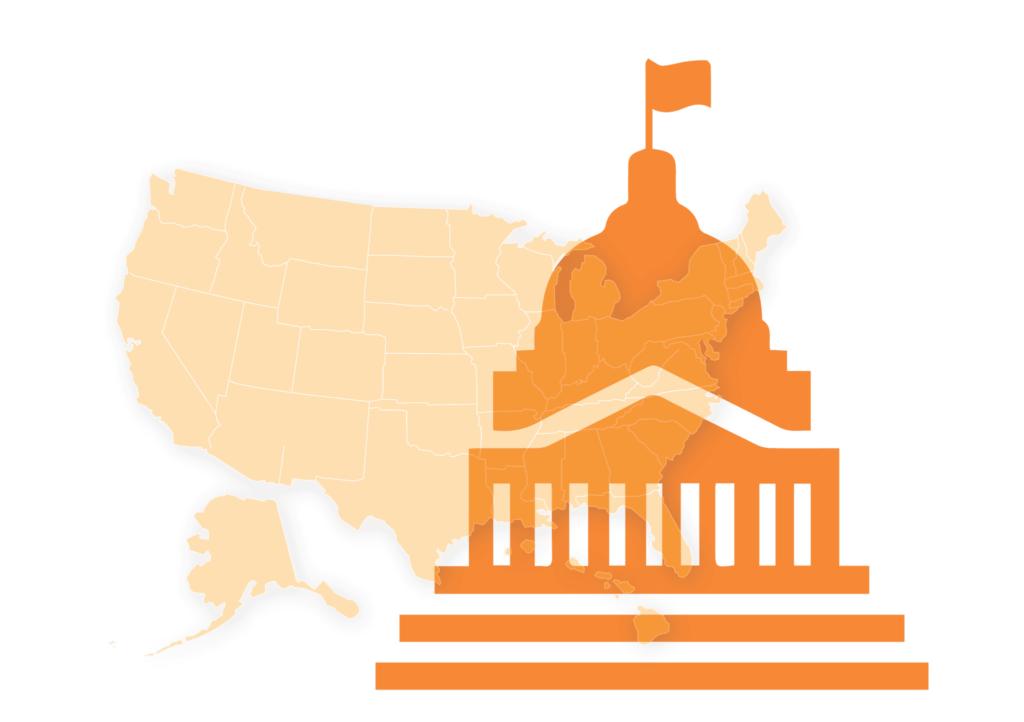2) Aligning federal investments with campus performance on equitable access and completion
A reauthorized HEA must maintain and build upon the existing accountability structures.
Accountability provisions currently in place, including the 90/10 rule and gainful employment regulation — which aim to cap federal funding of for-profit colleges and hold career training programs accountable for providing labor market return on investment among graduates — represent important safeguards against the proliferation of unscrupulous institutions of higher education and low-quality postsecondary credentials.11 History has shown that, given the chance, many predatory institutions will take advantage of the availability of federal grants and loans, leaving students worse off than when they started, i.e., with debt but no degree, or with a credential that has no market value. These existing accountability provisions must be maintained and strengthened.
And while these existing rules are critical, they need to be augmented with a system that creates pressure and support for the entire higher education system to improve, especially for the low-income students and students of color who are most likely to be underserved by today’s system.
Accountability in a reauthorized HEA must include measures of access and completion.
Research shows that the strongest predictor of loan default is whether a student completes college.12 Thus, any federal efforts to improve higher education must go beyond issues of cost and focus on improving completion. But we have also seen13 that existing state completion-focused policies that use financial incentives to hold campuses more responsible for student outcomes have been shown to push schools to become more selective14 and keep out those students — typically low-income students and students of color — who are perceived as more “risky.” There needs to be a simultaneous focus on increasing equitable access and completion, ensuring that schools enroll, serve, and graduate the students who have been historically disadvantaged in higher education.
In a reauthorized HEA, Congress should adopt a system that helps under-performing institutions improve, holds them accountable when they fail to do so, pushes selective institutions to enroll more low-income students, and rewards institutions that enroll and graduate large shares of Pell-eligible students.
A higher education accountability framework that promotes equitable access and completion must:
- Establish minimum standards for institutions on enrolling historically underserved students and for improving student performance and outcomes on measures such as retention, transfer, graduation, and job placement, especially for these student groups;
- Sustain and increase investments in low-resourced campuses to support the implementation of evidence-based strategies that improve completion especially for historically underserved students;
- Provide rewards for institutions making continual growth toward reaching ambitious access and success goals within a reasonable timeline; and
- Enforce meaningful consequences for underperforming institutions that, after getting needed resources, time, and support, fail to meet minimum enrollment and performance standards.
All metrics must be disaggregated and equity prioritized.
Before disaggregation of data was required in our K-12 system, we knew anecdotally that schools were not educating all groups of students well. But we did not know just how significant the inequities were, and we didn’t know which schools were making progress and which weren’t. Unfortunately, we are largely in the same place now in higher education.
As with the K-12 system, if we look only at overall averages, we sweep the opportunity gaps that exist for low-income students, students of color, and other vulnerable populations under the rug. An accountability system that does not pay attention to these inequities is insufficient. During the process of reauthorizing the Elementary and Secondary Education Act, Congress agreed that the opportunities and outcomes for different groups of students had to matter. We believe that same agreement must continue in reauthorizing HEA.
In addition to being essential for identifying and addressing inequities, high quality, disaggregated data are a prerequisite to responsible policymaking and ensuring students and families have accurate information about institutions. A reauthorized HEA must overturn the ban on the creation of a student unit record system and create a student level data network, linking existing federal data sources to accurately evaluate outcomes.

 February 23, 2018 by
February 23, 2018 by 




